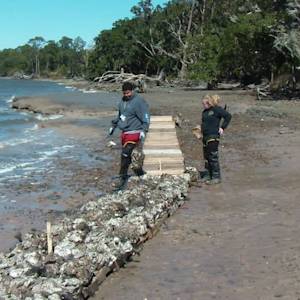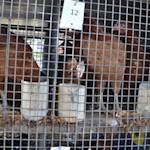Lorentz National Park, largest in southeast Asia, from mangroves to montane forests
1997 CE • Central Papua, Indonesia
"Lorentz National Park is the largest protected area in southeast Asia, located in Indonesia’s Papua Province on the island of New Guinea. It extends from a tropical marine zone in the Arafura Sea to the summit of southeast Asia’s highest mountain range (Puncak Jaya, 5,030m asl, the product of collision between the Australian and Pacific tectonic plates). This is the only protected area in the world to include a full range of habitats and ecological gradients from snow-capped mountain peaks to a tropical marine environment. Its vast wilderness (more than half the size of Switzerland) includes extensive lowland wetlands, mangrove forests, freshwater peat swamps, swamp forests, and a series of vegetation zones determined by altitude on the mountain slopes . . . From a biological perspective the site is exceptional in terms of species richness and the number of endemic, rare and endangered species . . . The park supports extensive Nothofagus beech forests (more commonly associated with south-eastern Australia, New Zealand and the southern Andes), and has animals such as tree kangaroos, echidna, other marsupial mammals, numerous species of parrots, bowerbirds and birds-of-paradise." Beginning to the 1970s, New Guinea forests were subject to widespread mining operations. The national park was officially declared in 1997, protecting the area from furher exploitation. Today, "most of the park remains intact due to its remote, inaccessible and rugged terrain, but expresses concern over the construction of new roads in and around the park." Other threats to the national park include climate change, poaching, wildlife trade, and illegal logging.
Quote: "Lorentz National Park," Natural World Heritage Sites.
"Glaciers and mangroves in Asia-Pacific’s largest protected area," World Wildlife Fund.
Image: RaiyaniM, CC BY-SA 4.0, via Wikimedia Commons


Learn about Maya Lin’s fifth and final memorial: a multi-platform science based artwork that presents an ecological history of our world - past, present, and future.

Discover ecological histories and stories of former abundance, loss, and recovery on the map of memory.

Learn how we can reduce our emissions and protect and restore species and habitats – around the world.

See how art can help us rethink the problems we face, and give us hope that each one of us can make a difference.

Help make a global memorial something personal and close to home. Share your stories of the natural world.


